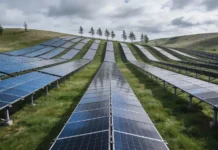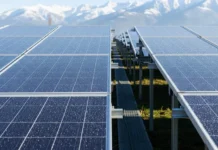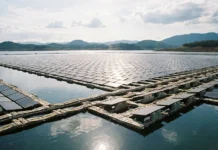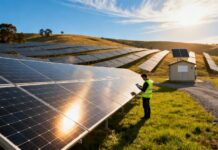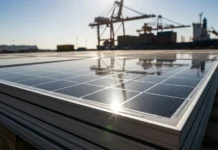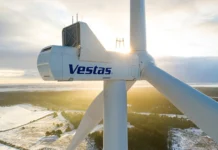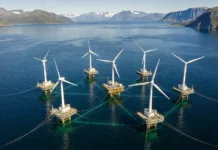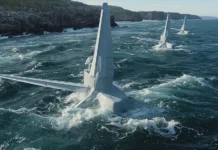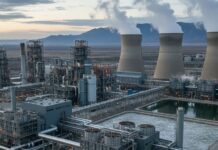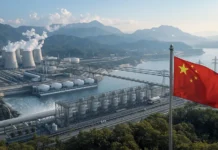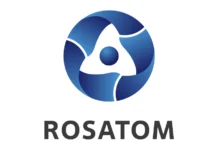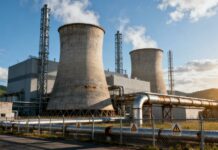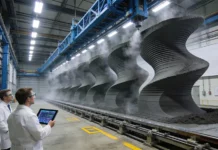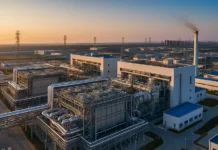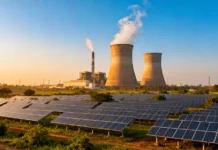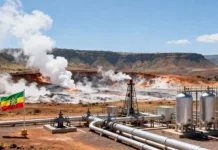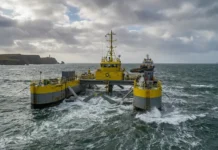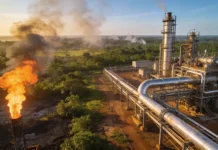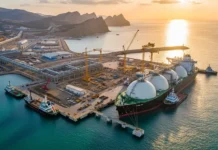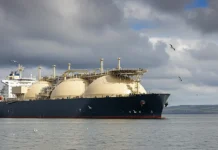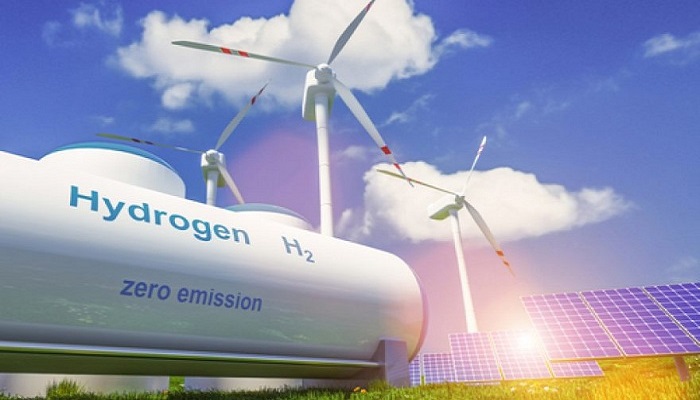The International Energy Agency (IEA) suggests that Oman has the potential to become a highly competitive producer of renewable hydrogen. By 2030, the country could potentially produce low-emission hydrogen at a cost of $1.60 per kilogram. With 60% of its total export income coming from hydrocarbon exports in recent years, Oman has the opportunity to account for over half of the Middle East’s hydrogen exports by the 2030s.
By 2030, Oman aims to produce a minimum of 1 million tons annually, with a goal of reaching 3.75 million tons by 2040. By 2050, their target escalates to 8.5 million tons, surpassing the current hydrogen demand in Europe. The 2040 hydrogen target alone would make up 80% of Oman’s existing liquefied natural gas (LNG) exports in terms of energy equivalence while achieving the 2050 goal would nearly double them.
Oman is poised to become the largest hydrogen exporter in the Middle East and the sixth largest globally by 2030, according to the IEA. The country is actively pursuing renewable projects to enhance electricity generation and achieve decarbonization goals. However, it would require about 50 TWh of additional captive renewable electricity, exceeding the current total generation capacity, to meet the 2030 hydrogen target. The estimated cumulative investments needed by 2030 are approximately $33 billion, with $20 billion dedicated to renewable power for hydrogen production and $13 billion for electrolysis and ammonia conversion processes.


